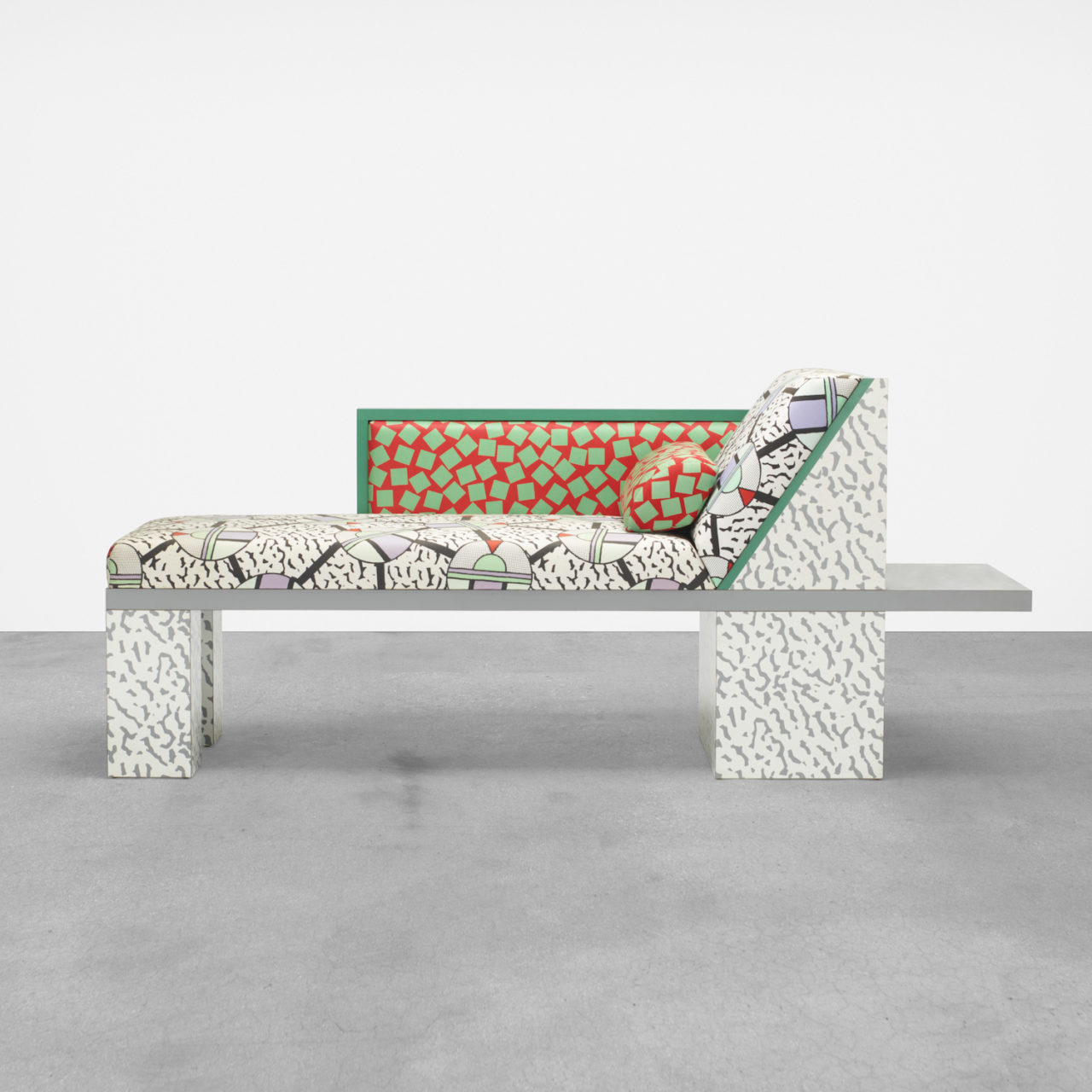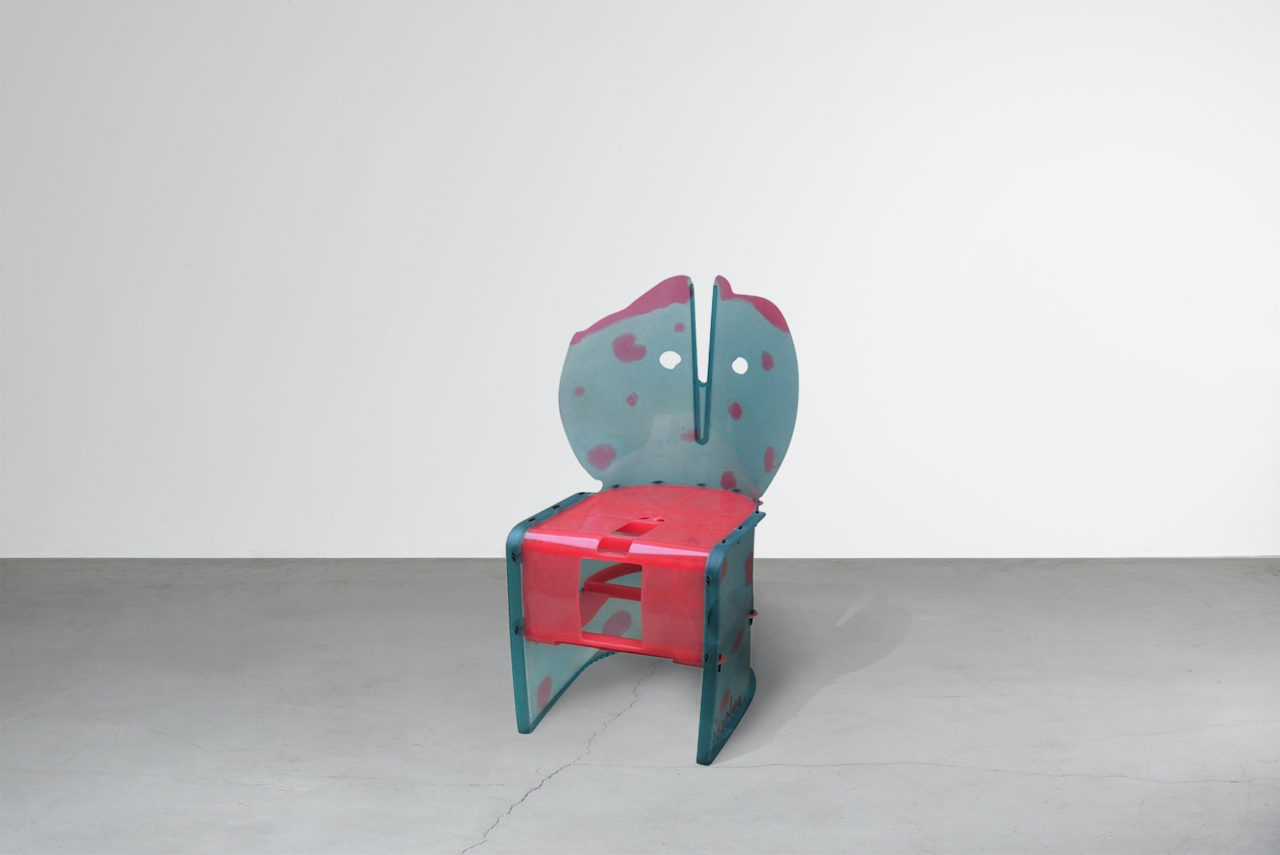Last year, Collective Design took a brief hiatus to re-evaluate their standing amid hundreds of events during New York Design Week. Showcasing 20th-century and contemporary collectible design, the fair with approachable selling prices found itself in the quickly accelerating market of art and design. Founder Steven Learner recalls when he launched the fair in 2013, when there were only a handful of design events in New York, “in 2018 there were hundreds,” he said. “It became clear to me that there were too many fairs chasing the same visitors and the same collectors around the world and that large, competing fairs are an unsustainable model.”
Instead of the traditional standalone format, Collective Design would return in a partnership that fosters both art and design communities: at Frieze New York in a group exhibition, inside the famous white tent on Randall’s Island. That is until the coronavirus pandemic forced nearly every cultural institution to cancel in-person events this spring. Thanks to the art fair’s robust web and app platform, Collective Design and other exhibitors at Frieze are open for online viewing in the Frieze Viewing Room, live from May 8-15.



For the fair’s 6th installment, Learner invited English design historian Libby Sellers to curate “Color and Production: From the Atom to the Void.” The exhibition traces how new methods of production and materials have galvanized new possibles for color—in pre-industrial to contemporary art and design. Meanwhile, Sellers also looks at current craft makers who employ handmade techniques and natural materials. Featuring furniture, textiles, and objects flanked by painting and sculpture, the digital showcase includes historical objects like the Illuminated Manuscript from ca. 1500 along artists distinguished by their use of color from the last century, including Josef Albers, Dan Flavin, Martino Gamper, Sheila Hicks, Hella Jongerius, Joseph Kosuth, Formafontasma, Nathalie Du Pasquier and Gaetano Pesce.
AN sat down with Sellers to discuss her curation process and the challenges of presenting an exhibition digitally.

AN Interior: You organized the show in three categories (Mapping, Matter, and Material). Can you tell me the logic for each with a brief example?
Libby Sellers: These strict categories were not how the exhibition was originally curated, but instead were part of the changes required as a result of the shift to the online platform. As a practical way of navigating the existing content within the predetermined viewing rooms, they are intended to help contextualise the work in an online format. Mapping looks to works that discuss a more theoretical relationship with colour, for example, either Josef Albers’ or David Batchelor’s works and their respective writings on the topic colour. Matter investigates the substances that make up the colour and how these relate to historical scientific developments, for example, Neon in Jochen Holz. While Material highlights the relationship between industry and colour, for example, Ettore Sottsass and his relationship with Abet Laminati who produced all Memphis laminates.
AN: What were the challenges of curating a virtual exhibition? Were there any pleasantly unexpected pros in presenting an exhibition
digitally?
LS: We’d been working in earnest on the exhibition since last October, so the shift from the physical fair to the Frieze Viewing Room required a fast response. Fortunately we did not need to start again as all the galleries and artists who are consigning and making works carried their support of the exhibition through to the online platform.
AN: Were there any pleasantly unexpected pros in presenting an exhibition digitally?
LS: The shift online did force a significant rearrangement of the consigned works as we could no longer rely on the physical and visual placement of works to bolster the nuances of the brief. Understandably, this is not easy to represent digitally. Alongside more contextual written information, visitors to the Frieze Viewing Rooms will be able to use of augmented reality to virtually view artworks, to-scale and upon their own walls. TUUX, who were designing the original physical exhibition, have now created renderings of select groups of works to help bring scale and tangibility to the digital platform.
Header image: A rendered view of objects in Room 3: Beverly Sideboard by Ettore Sottsass (design 1981, produced 2005); Photo Souvenir: Paint On/Under Plexiglas on Serigraphy, Framing No. 1 Green, Situated Work, 2013 by Daniel Buren; and Spore, 2018 by Chris Schanck. (TUUX (Mexico City)/Courtesy Collective Design)
